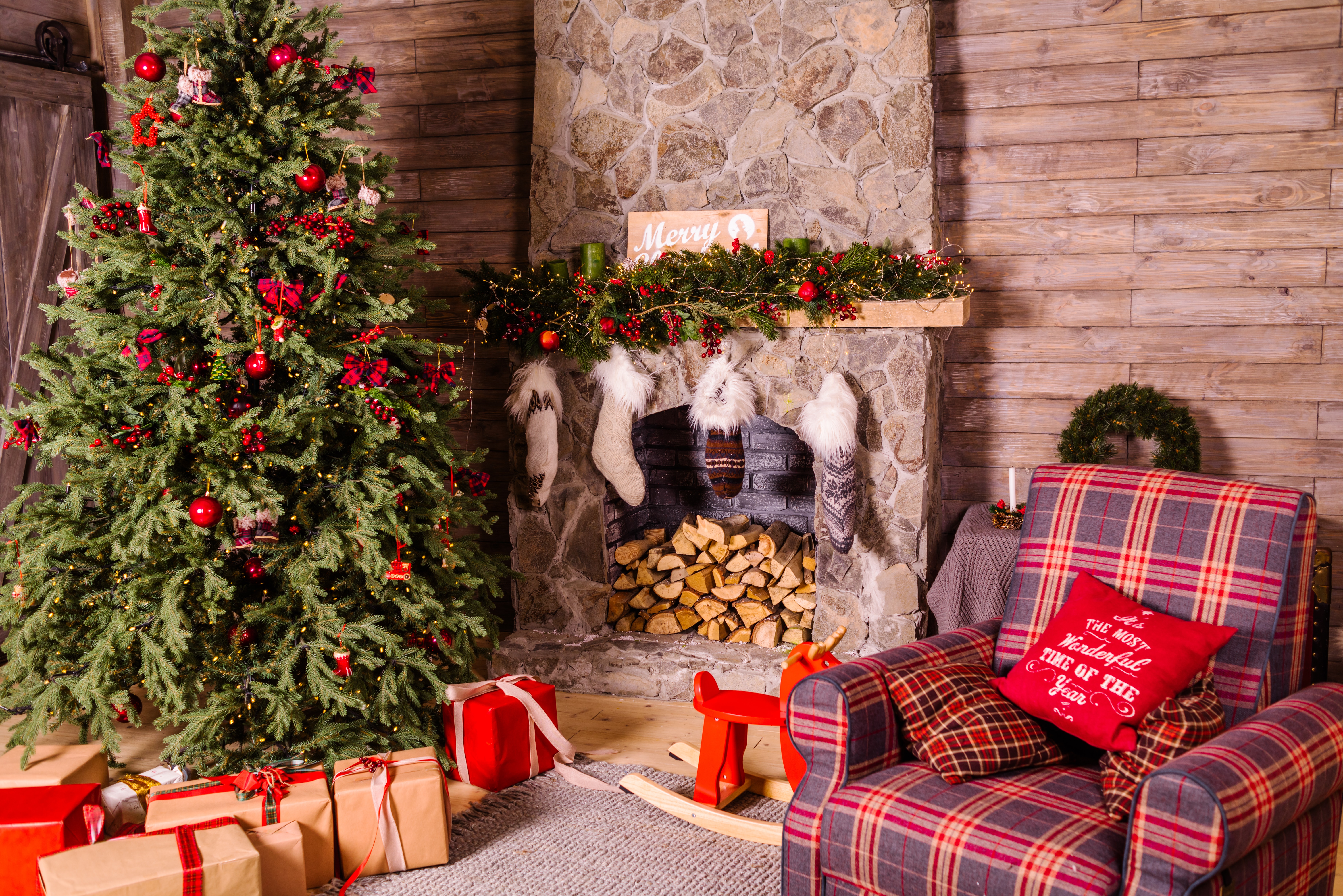
Now that the turkey, casseroles, pumpkin pies, and good company have been enjoyed, our thoughts shift to the next holiday coming up in only a matter of weeks: Christmas.
When our daughter was young, we discovered that she was allergic to live trees and wreaths, so we bought an artificial tree. We felt that it was a good sustainable option for Christmas decor, and we got many years of use out of that tree.
You might think that artificial trees are the only option out there when it comes to sustainable Christmas trees… but there are actually so many more!
We’re offering you 4 ideas for sustainable Christmas trees.
1. Natural Christmas trees are actually more sustainable than you think.
Contrary to popular belief, natural Christmas trees are actually a sustainable option for Christmas decor.
It takes 7 years for a Christmas tree to grow around 6.5 feet. During that time, the tree is doing what trees do best: soaking in CO2 and offering fresh oxygen to us. In fact, growing natural Christmas trees uses 10 times less resources than it takes for factories to make artificial trees.
The life cycle of our much-loved natural Christmas tree doesn’t even have to end in the dumpster, either. Most cities and counties have tree recycling centers to turn your used tree into mulch and compost.
While Metro Nashville has yet to announce recycle dates for this year’s post-holiday Christmas “tree-cycling,” last year Metro offered 12 drop-off locations. In 2017 alone, Nashville residents dropped off 17,000 trees to be composted into mulch.
In Williamson County, where Stoney Creek Farm calls home, you can recycle your tree at several locations across the county. These will be turned into wood chips for use in local playgrounds and as a natural erosion at the county landfill.
To find a local Christmas tree recycling location where you live in the United States, this website offers resources to help you find a tree recycling center near you.
-
Related Reading: The Life Cycle of Trash
2. Use a live Christmas tree.
If you don’t want to actually kill a tree, you can use a live Christmas tree in a planter (yes, really!).
The downside is that you can only keep the tree inside for 7 – 10 days before it starts affecting the tree’s livelihood.
Keep your decor natural: In the first couple of weeks, you can spend time making homemade ornaments, like stringing popcorn and/or chili peppers onto the tree. When a week or so has passed with your tree cozy inside, it’s time to plant it in the yard.
Better Homes & Gardens offers these helpful Christmas tree planting tips.
3. Make a crafty Christmas tree.
Who says a Christmas tree has to be a real or faux tree? Let’s get crafty with your Christmas tree!
Cut some large recycled cardboard boxes into the shape of a flat fir tree, hang it on the wall, and use thumbtacks or paper clips to hang ornaments.
You can also make a “tree” out of stacked books, colored glass bottles, or plastic water bottles. This Pinterest board offers tons of ideas and inspiration for creating your own beautiful and artsy Christmas tree from recyclable materials—no real tree necessary!
These are fun family-friendly activities, too!
4. Consider a tree-like decor alternative.
Aromatic rosemary herb trees, copper LED trees, Birch plywood Christmas trees… if you want to forgo the traditional tree route altogether, consider these 6 eco-friendly options!
***
We hope you have a merry and sustainable Christmas season! We’ll be sharing more sustainable living Christmas tips on the Stoney Creek Farm blog all throughout the month, so be sure to check back here each Friday of December for a new post filled with (sustainable!) Christmas cheer.

